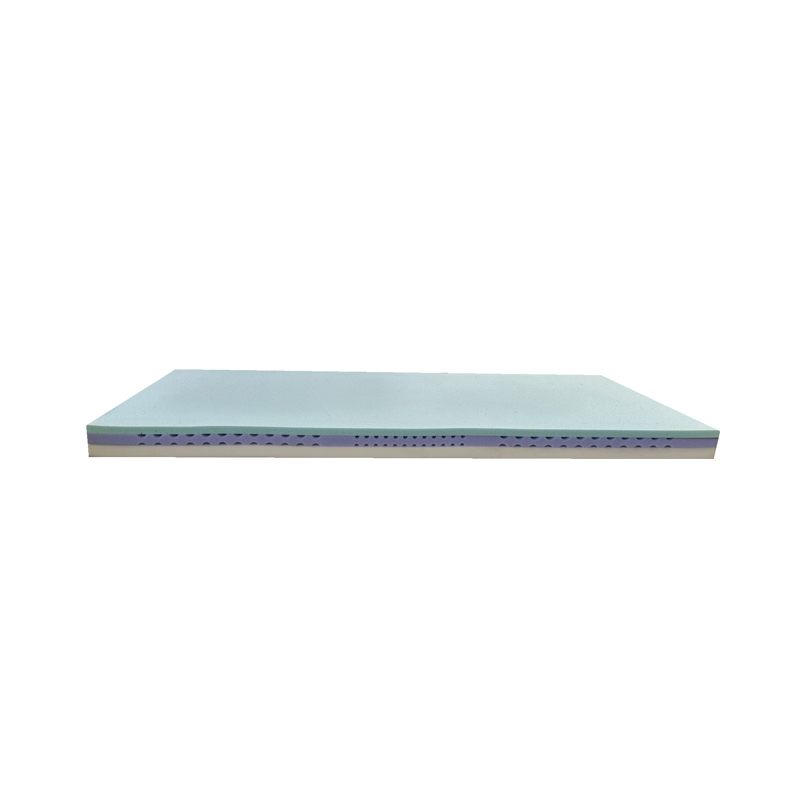Optimal Strategies for Pressure Injury Prevention and Management
Best Practices for Preventing and Managing Pressure Injuries
Pressure injuries, also known as pressure ulcers, bedsores, or decubitus ulcers, are localized damage to the skin and underlying tissue that often occur over bony prominences due to prolonged pressure. These injuries can create significant health issues, including infection, prolonged hospitalization, and increased healthcare costs. Therefore, adopting best practices for the prevention and management of pressure injuries is critical in healthcare settings and for individuals at risk.
Understanding Pressure Injuries
Pressure injuries develop when blood flow to an area of the skin is impeded, leading to tissue ischemia and eventual necrosis. Factors that contribute to their formation include immobility, moisture (from sweat or incontinence), friction, shear, and poor nutrition. Typically, pressure injuries are categorized into four stages, ranging from Stage I (non-blanchable redness of intact skin) to Stage IV (full-thickness tissue loss with exposed bone, tendon, or muscle). Recognizing these stages is essential for implementing appropriate interventions.
Prevention Strategies
1. Regular Position Changes One of the most effective ways to prevent pressure injuries is to reposition individuals frequently. For those who are bedridden, it’s recommended to change their position every two hours. For wheelchair users, a shift in weight should occur every 15 minutes. This helps alleviate pressure on vulnerable areas and improves circulation.
2. Use of Support Surfaces Employing specialized mattresses, cushions, and overlays designed to distribute pressure more evenly can significantly reduce the risk of pressure injuries. High-risk individuals should be encouraged to use pressure-relieving devices, which can help minimize skin breakdown.
3. Skin Care Regimen Maintaining skin integrity is crucial. Regularly inspecting the skin for signs of pressure injuries, keeping the skin clean and dry, and moisturizing to prevent dryness are important preventive measures. Proper hygiene and the use of barrier creams can protect against moisture-associated skin damage, further reducing risk.
4. Nutrition and Hydration Adequate nutrition and hydration play vital roles in maintaining skin health. A diet rich in essential nutrients, especially proteins, vitamins, and minerals, promotes tissue repair and improves overall resilience. Ensuring that individuals have sufficient fluid intake is also essential for skin turgor and overall health.
best pressure injury

5. Staff Education and Training Healthcare workers should receive ongoing education and training about pressure injury prevention. This includes recognizing risk factors, properly assessing skin integrity, and understanding the importance of implementing preventive protocols. A well-informed team is better equipped to provide high-quality care and prevent pressure injuries.
Management of Pressure Injuries
When pressure injuries do occur, early intervention is critical to prevent complications. The management of pressure injuries involves
1. Assessment and Staging A thorough assessment of the pressure injury should be conducted to determine its stage and any complications such as infection. Documenting changes over time is vital for appropriate treatment planning.
2. Wound Care Appropriate wound care is essential. This may include cleaning the wound with saline, applying suitable dressings, and using topical treatments as indicated. The goal is to promote a moist wound healing environment, which has been shown to facilitate healing.
3. Pain Management Many patients with pressure injuries experience pain. Effective pain management strategies should be employed to enhance patient comfort and improve cooperation with treatment plans.
4. Multidisciplinary Approach Effective management of pressure injuries often requires a team approach, involving nurses, physicians, dietitians, and physical therapists. Collaboration ensures that all aspects of patient care, from nutrition to mobility, are addressed comprehensively.
5. Patient Education Educating patients and caregivers about the importance of pressure injury prevention and management can empower them to take an active role in their care, ultimately promoting better outcomes.
In conclusion, preventing and managing pressure injuries requires a multifaceted approach involving assessment, intervention, and education. By implementing best practices, healthcare providers can significantly reduce the incidence of these injuries, improve patient quality of life, and decrease healthcare costs associated with their treatment. Prevention is always more effective than treatment, making it essential to employ evidence-based strategies in every care setting.
-
Mattresses Designed for Back Pain ReliefNewsAug.08,2025
-
Innovative Wave Mattresses for Ultimate ComfortNewsAug.08,2025
-
High-Quality Mattresses for Hospital BedsNewsAug.08,2025
-
High-Quality Mattresses for Every NeedNewsAug.08,2025
-
Healthcare Foam Mattress: Sleep Better, Heal FasterNewsAug.08,2025
-
Cube Mattress for Daily ComfortNewsAug.08,2025
-
How Hospital Mattress Choices Directly Impact Patient Comfort and CareNewsAug.05,2025

